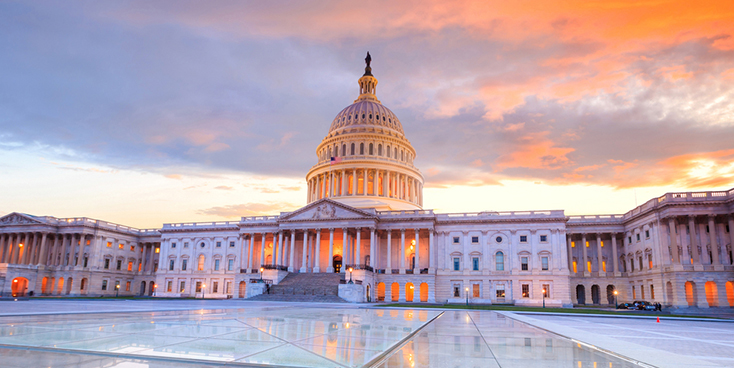Comparison of Building Energy Code Provisions in Existing Legislation from the 115th Congress

Comparison of Building Energy Code Provisions in Existing Legislation from the 115th Congress
There are currently three competing proposals in Congress regarding building energy codes. The first is contained within S. 385, and its identical companion H.R. 1443, the Energy Savings and Industrial Competitiveness Act. This bill is sponsored by Sens. Rob Portman (R-Ohio) and Jeanne Shaheen (D-N.H.) in the Senate and Reps. David McKinley (R-W.Va.) and Peter Welch (D-Vt.) in the House. In the Senate and House these bills are referred to as the “Portman-Shaheen” and “McKinley-Welch” bills, respectively. The second proposal is S. 1460, the Energy and Natural Resources Act of 2017, which was introduced by Sens. Lisa Murkowski (R-Alaska) and Maria Cantwell (D-Wash.) and is based on S. 2012, the Energy Policy Modernization Act of 2015, with some notable differences. The third proposal is H.R. 2361, the Energy Savings and Building Efficiency Act of 2017, which was introduced by Reps. Marsha Blackburn (R-Tenn.) and Kurt Schrader (D-Ore.) and is referred to as “Blackburn-Schrader”. This fact sheet compares the building energy code provisions from the three bills with existing law.
Click here to access the fact sheet (PDF).
STAY EMPOWERED
Help the Alliance advocate for policies to use energy more efficiently – supporting job creation, reduced emissions, and lower costs. Contact your member of Congress.
Energy efficiency is smart, nonpartisan, and practical. So are we. Our strength comes from an unparalleled group of Alliance Associates working collaboratively under the Alliance umbrella to pave the way for energy efficiency gains.
The power of efficiency is in your hands. Supporting the Alliance means supporting a vision for using energy more productively to achieve economic growth, a cleaner environment, and greater energy security, affordability, and reliability.



